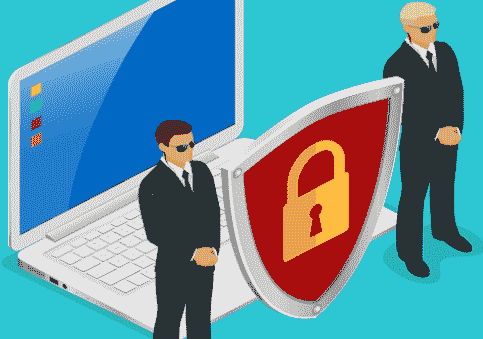An organization’s endpoints could be the window for cybercriminals to successfully execute an attack. This may be remediated with a strong endpoint protection solution. However, the risks of digital attacks continue to grow despite the ongoing advancement in security technologies.
THE CHALLENGES ENDPOINT PROTECTION NEEDS TO SOLVE
This means that your security approach should be able to ensure that no threat vectors can surpass its endpoint protection levels. This is the same reason why it’s vital to get a better understanding of the challenges that your endpoint protection faces. Read on.
1.Lack of visibility
The call for remote working transition comes with a tricky challenge for a lot of organizations like yours. It becomes harder to tell what your employees are up to or whether they’re securely accessing the corporate network.
As such, maintaining comprehensive visibility over endpoints is a must. How? You might want to consider upgrading to next-generation endpoint protection solutions. These state-of-the-art security systems can help you manage your Endpoint Protection visibility better through AI, machine learning, and real-time analytics.

2.Ad-hoc PC management
Failing to establish a well-grounded PC management system or having inconsistent PC configurations makes it harder to solve problems should they arise. To eliminate this dilemma, you should keep your systems updated at all times. Implement reliable patch management and a protocol that will let you push updates out to user workstations.
3.Little or no automation
Failing to adopt automated solutions can be a counterproductive approach for your company, especially as your business grows as your endpoints will, too. This kind of neglect puts a strain on your IT and security teams, which may lead to a snowball that deprives them of focusing on more critical issues. To prevent that from happening, be sure to deploy an endpoint protection solution that has automated features.
4.Poor security culture
There are organizations out there that compromise security for the sake of convenience. While it can be a good thing to establish agility within your company, such as implementing a BYOD policy, it could also pose a great risk to your network. Without a strong security culture, this could lead to a dangerous situation.
The same goes for legacy devices, which are often an integral part of day-to-day business operations, particularly for organizations in the financial or healthcare industries. With a poor security posture, these devices can be the main cause of a problem within your endpoint protection.
The solution is simple. Train your staff to identify the telltale signs of online attacks. You might also want to include training about basic security practices as simple as regularly changing passwords and locking their computer when away from their desk.
5.Cybersecurity skills shortage
Did you know? There is an ongoing demand for cybersecurity talent in the US twice as much as the available supply. While it’s not fresh news, the problem it comes with continues to rise, especially with the continuous impacts of COVID-19.
It’s not enough to have the right tools nor it is smart to continue investing in new ones when you know you don’t have the right people who can use them. Instead, you could enforce continuous training programs that can help you build a strong, cyber-aware workforce.
6.Complex network topologies
The continuous integration of new devices into an already complicated network architecture can make it difficult for you to realize the value of your endpoint protection solutions. This is could be even harder if your security teams already lack the clarity and visibility they need to solve existing loopholes. As your organization struggles to identify intrusions, for this reason, cybercriminals can take advantage of this opportunity to execute their attacks.
As much as possible, go with dependable endpoint protection that has a less complicated network topology. Remember, a good and convenient user interface is the key to successful implementation.
Endpoint Protection Best Practices
Now that we’ve singled out the challenges of endpoint protection, here are a few best practices that can help you efficiently implement this framework:
- Adopt a multi-layer and multifaceted endpoint protection approach for the continuous monitoring of endpoints. This can help flag suspicious activities and effectively restrict access
- to enterprise data and resources.
- Utilize analytics and AI to determine known and unknown security risks. Integrate this with the deployment of policy-based actions to mitigate frequency and influence.
- Implement appropriate identity and access management solutions to enable a strong defense.
- Implement access restriction with the level each endpoint requires.
- Establish complete and updated visibility to keep track of devices as they enter and leave your network.
- Make use of unified endpoint management capabilities to improve data collection, evaluation, and reporting.
- Constantly update or upgrade your endpoints.
Final Thoughts on Endpoint Protection
Strengthening your organization’s endpoint protection requires a smarter approach when it comes to the obstacles around it you might incur. Be proactive when filling gaps or solving problems through a solid contingency plan.
Xcitium Endpoint Protection
Xcitium can help you put the future of your organization’s cybersecurity first. We offer a wide range of security solutions that will fortify your endpoint protection.
